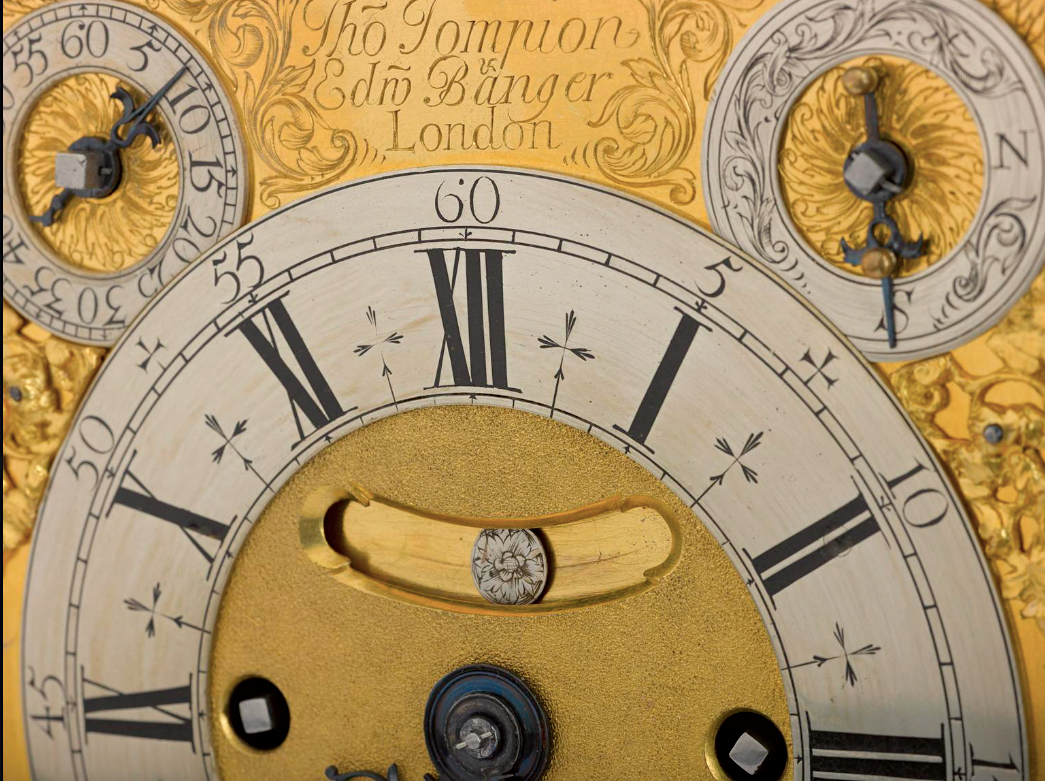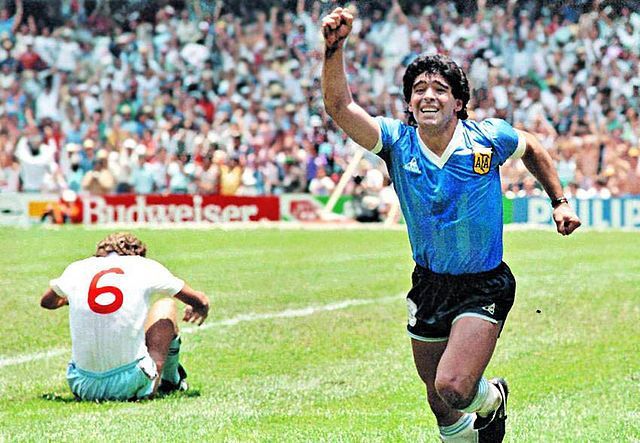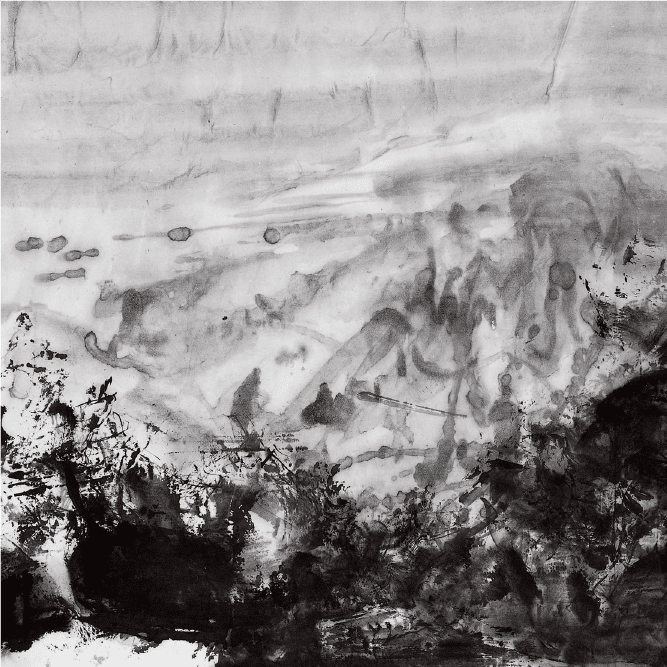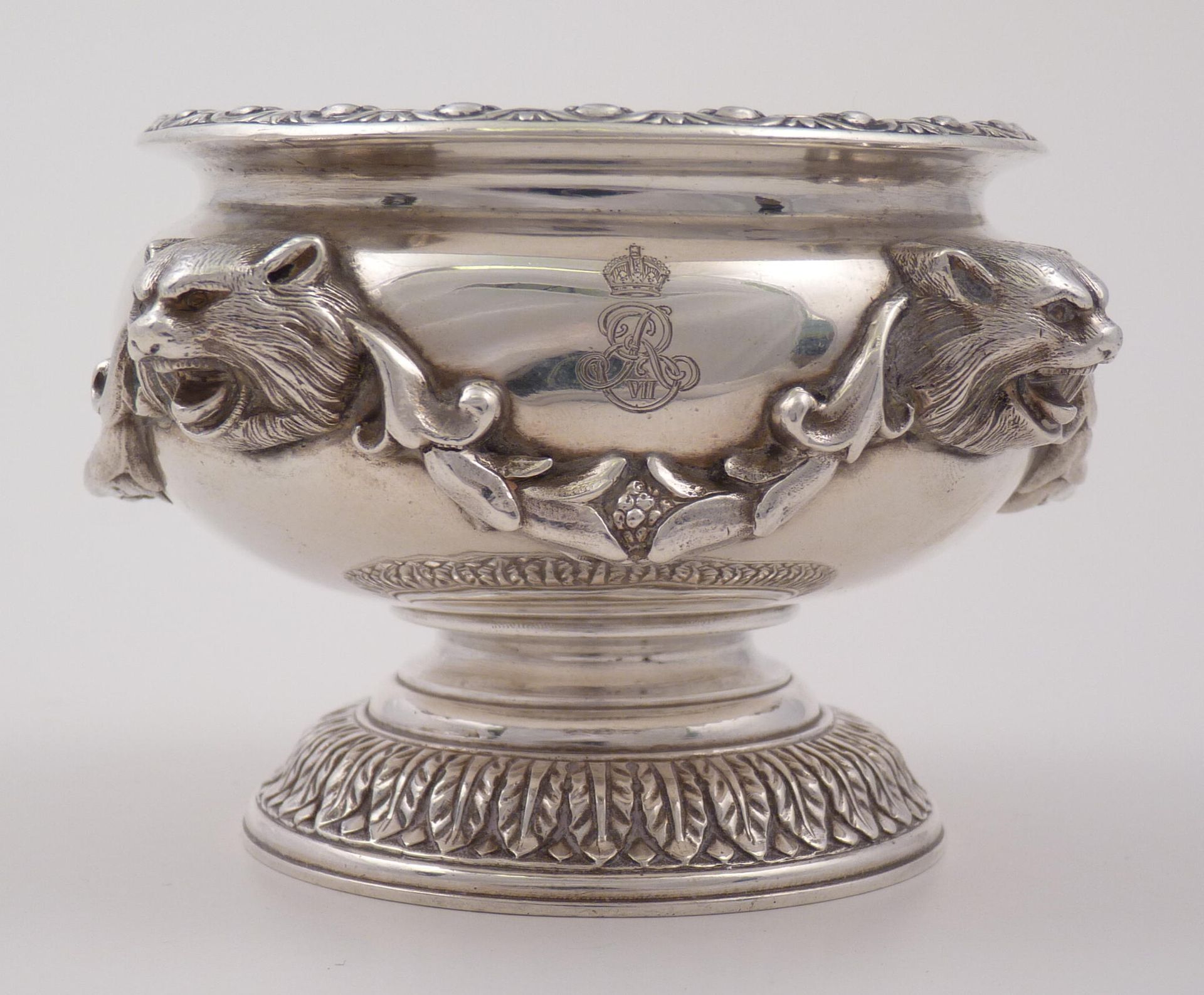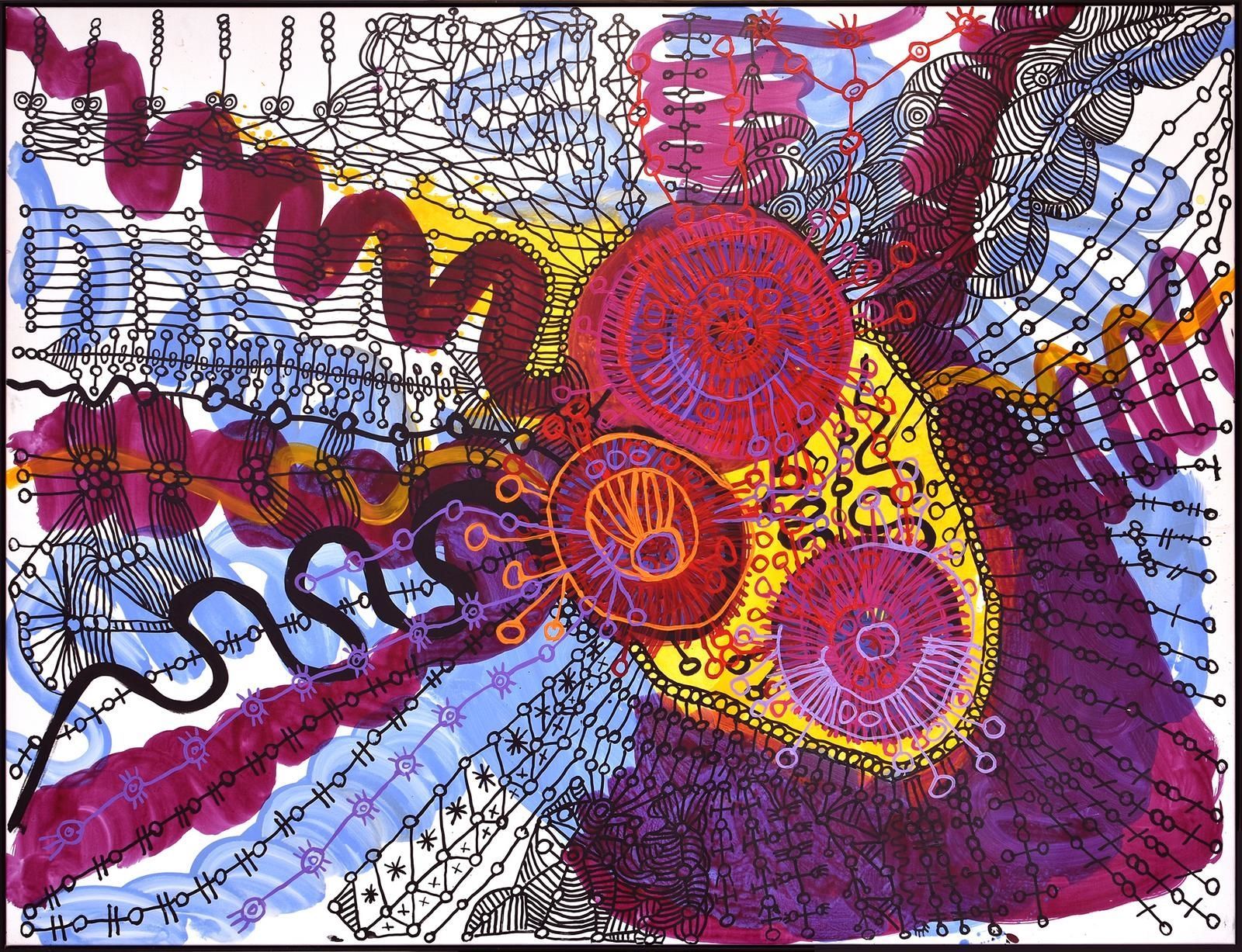Maqbool Fida Husain: from Film Posters to Christie’s walls
Debra Stanislawski
Share post
Please find an article by Debra Stanislawski about Maqbool Fida Husain below.
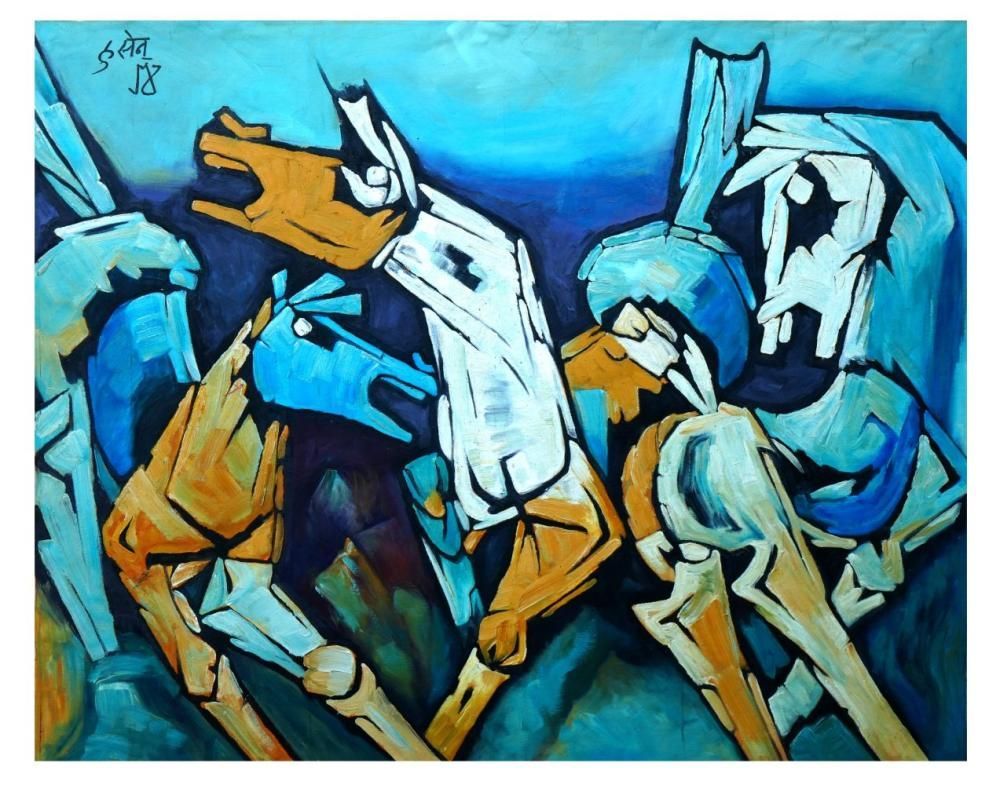
Maqbool Fida Husain was born in India at a time when those growing up in poor rural communities did not keep track of birth dates. He was born into the minority Bohra Shiite Muslims and considered himself Muslim throughout his life.
He initially struggled to get work as an artist. He was commissioned for portraits and did them well. However, he was an unknown artist as he came from a less privileged background and had not yet mastered oils, which were the main medium in the 1930s.
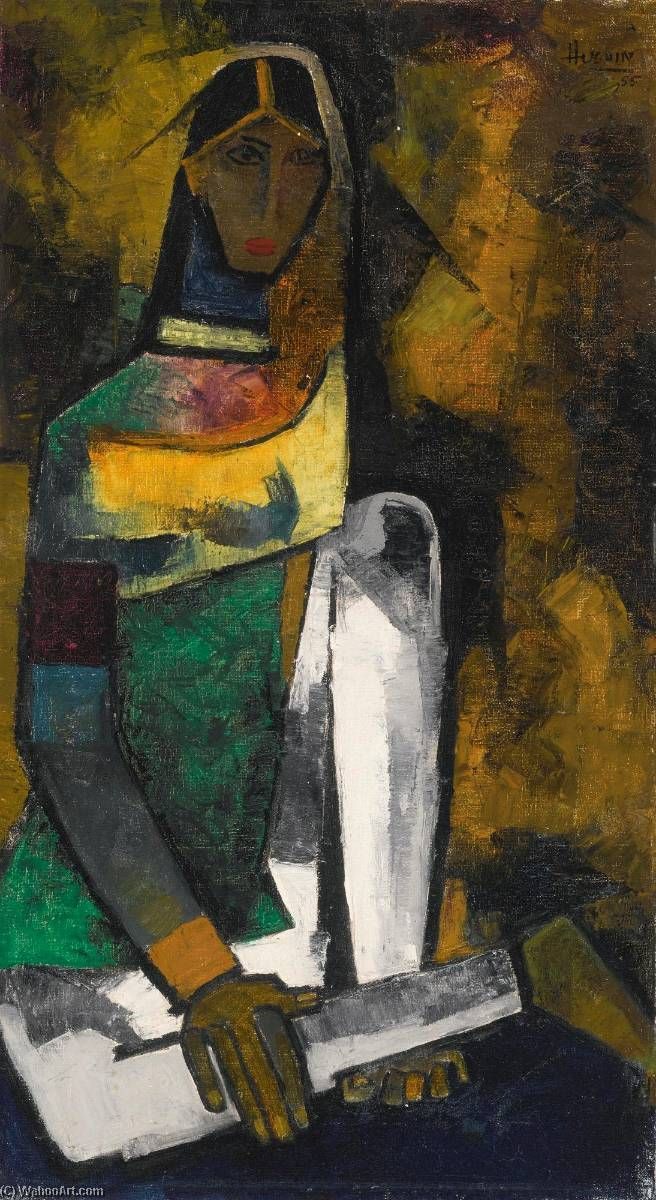
Our senior valuer, Charles Greig writes, “Husain is considered one of the ‘Greats’ among Indian 20th century painters. He was a founding member of the Bombay Progressive Art Group - a small number of artists who sought to distance themselves from Traditionalist European art exemplified by the artists of the Bombay school of art. They sought to create a new artistic movement that reflected the ideals of post-Independence India after 1947. For all that, Husain relied on European influences - particularly Cubism - which he adapted to his own idiosyncratic narrative ideas.”
His life as an artist began when he worked alongside a well-known cinema hoarding painter. This style of painting was used as marketing for cinemas. The art, which was equivalent to today’s film posters, were handmade, and therefore, rather unique and original, comparatively speaking. Throughout his life, he remained fascinated by popular art forms, keeping photographs of the billboards (hoardings) in India. He also spent some time studying horses whilst observing a blacksmith making shoes for them. These animal forms are amongst some of his most traditionally cubist works. The birth of his daughter may have inspired his foray into wood sculpture.

Husain won several awards over the course of his lifetime despite causing upset by some of his artistic depictions. He upset several in his birth country of India, due to his depiction of religious deities as well as the state in controversial and frequently nude forms. Whether or not it was a commentary on religion, a commentary on the female form, or just art is rather unclear. However, what is certain is that it led to criminal accusations against him when the art was published in India many years after its design. Due to death threats from Hindu extremists, he decided to place himself in exile, accepted an offer of Qatari citizenship, and died and was buried in London in 2011.

For a man who started life rather simply, he enjoyed it by the end. He had some of the most expensive cars in the world: Ferraris, Jaguars, Bentleys, and Rolls-Royces. His works have sold for millions at auction. This is in line with what Quastel Associates have seen in the last few years as demand for Indian art has increased. His son remembers the words of his late father, ‘“Take things easy. Even if you don’t agree what others are saying, don’t argue. Just pick up the good things from them.”



